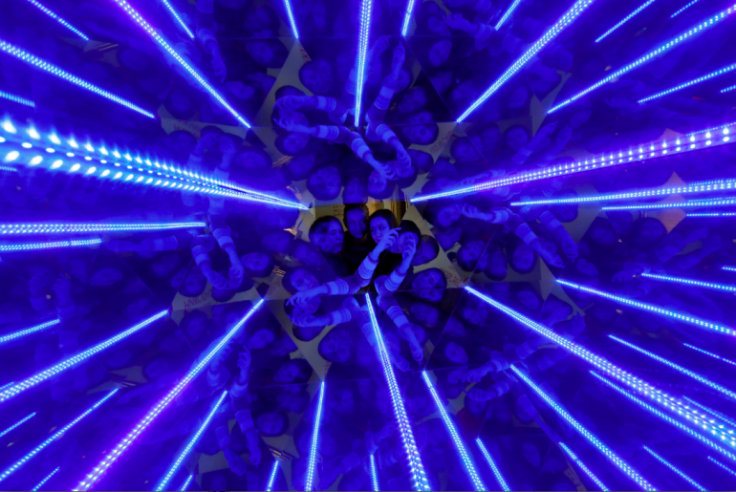‘The Dress’ That Broke The Internet: The Real Reason People See Different Colors, According To Science

What color is The Dress? That question has confounded online users everywhere since photographs of the dress that broke the Internet became a viral phenomenon and sparked heated debates between those who saw black and blue and those who saw white and gold. Many wondered why it was that a dress could be seen in so many different ways. Now, scientists have some answers as to why the dress that divided the Internet appeared to change colors based on who was viewing it.
Scientists were so intrigued by online users’ fascination with the dress that the journal Current Biology is publishing three papers on the topic. Some argue it’s the perfect instrument for studying how the brain interprets data, specifically in how it understands different light sources.
“This is one of the first [documented] instances, if not the first, of people looking at exactly the same physical thing and seeing very different colors,” said Bevil Conway, a visual neuroscientist and artist at Wellesley College in Massachusetts, according to a report in the Independent published Thursday. “The dress is a very powerful tool for understanding how the brain resolves ambiguity. All images that hit your retina are ambiguous, so there’s a lot of interest in how internal models shape how you experience the patterns of life. We really thought everybody had the same internal model.”
Researchers surveyed thousands of people, many of whom had never seen the picture of the garment before. They found 57 percent of them described the dress as black and blue, while 30 percent said it was white and gold, and 11 percent said it was blue and brown. And 2 percent of them saw other colors, according to Medical News Today.
Scientists boiled the reason for these differences in color perceptions down to the brain’s expectations of light in a particular environment. People who saw white and gold probably spend more time exposed to natural daylight, researchers said. Viewers who spend more time surrounded by artificial light saw the dress as black and blue.
“One framework for understanding why you get these variations is to consider how light is contaminated by outside illumination, such as a blue sky or incandescent light,” Conway said in a statement. “Your visual system has to decide whether it gets rid of shorter, bluer wavelengths of light or the longer, redder wavelengths, and that decision may change how you see ‘The Dress.’”
Dressgate, as the controversy has been dubbed, began in February after a Tumblr user posted a photo of the dress with the caption: “Guys, please help me -- is this dress white and gold, or blue and black? Me and my friends can’t agree and are freaking out.”
© Copyright IBTimes 2024. All rights reserved.






















